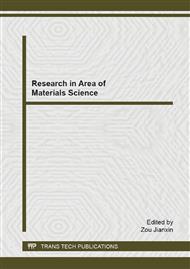p.143
p.147
p.156
p.161
p.169
p.176
p.181
p.189
p.194
Pathogen Identification and Fungicides Screening of Kushui Rose Leaf Spot Disease
Abstract:
Leaf spot disease pathogen of kushui rose was isolated, purified, morphologically identified and screened for appropriate fungicides through tissue isolation, microscopic observation and growth rate methods. Results showed that the pathogen causing leaf spot disease was Alternaria sp., and for the 7 tested fungicides, difenoconazole and tebuconazole had the best inhibitory effect, the EC50 values were 0.0017 and 0.0041 μg/mL, respectively, followed by zineb, triadimefon, chlorothalonil and thiophanate-methyl, successively, with the EC50 values at 0.0157, 0.0422, 0.5160 and 0.87 μg/mL, respectively, while carbendazim had the worst inhibitory effect with the EC50 value at 1.3089 μg/mL.
Info:
Periodical:
Pages:
169-175
Citation:
Online since:
April 2015
Authors:
Price:
Сopyright:
© 2015 Trans Tech Publications Ltd. All Rights Reserved
Share:
Citation:


